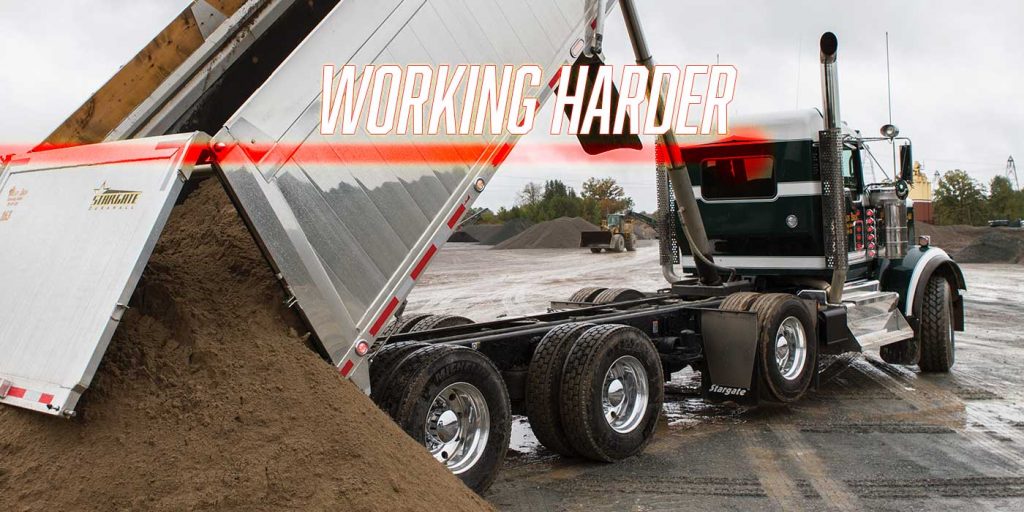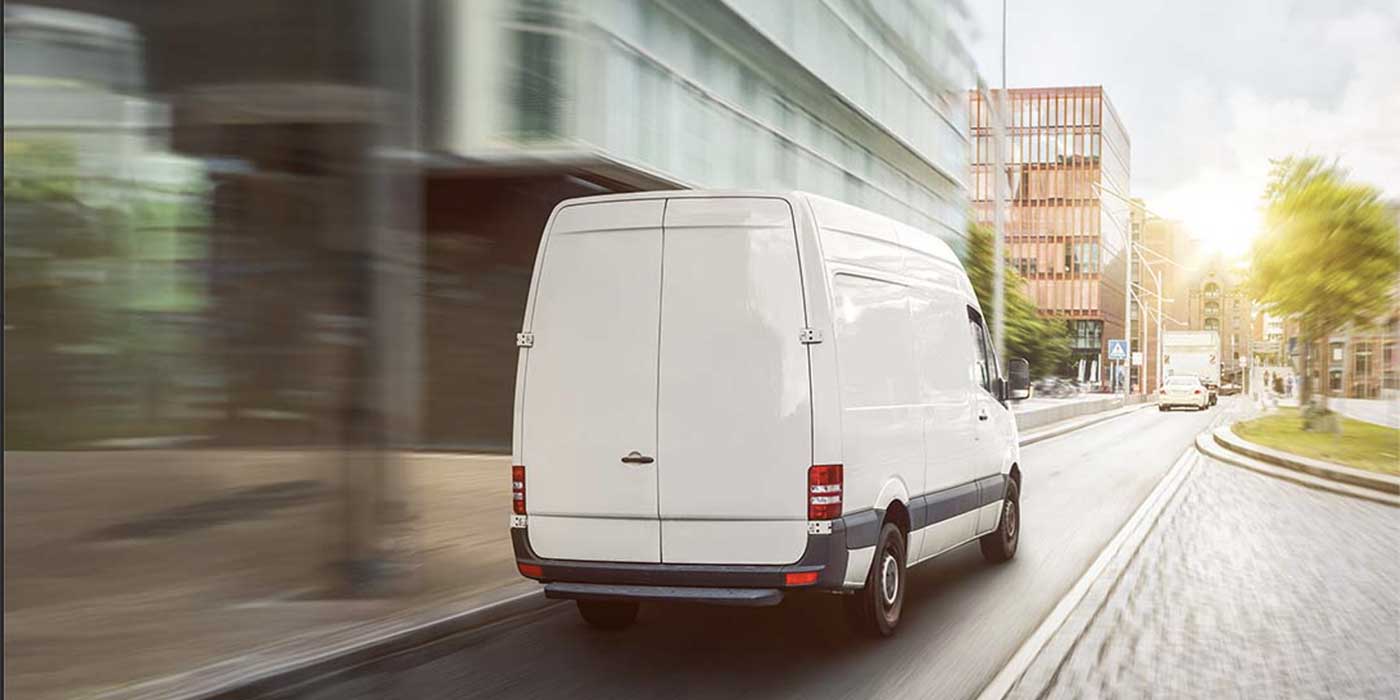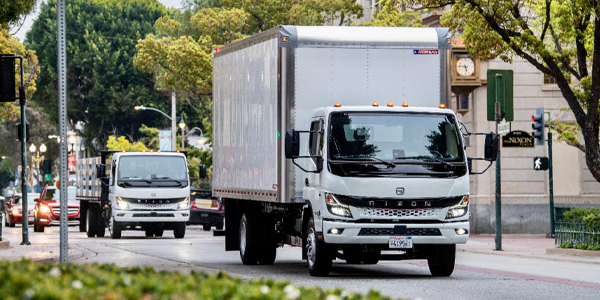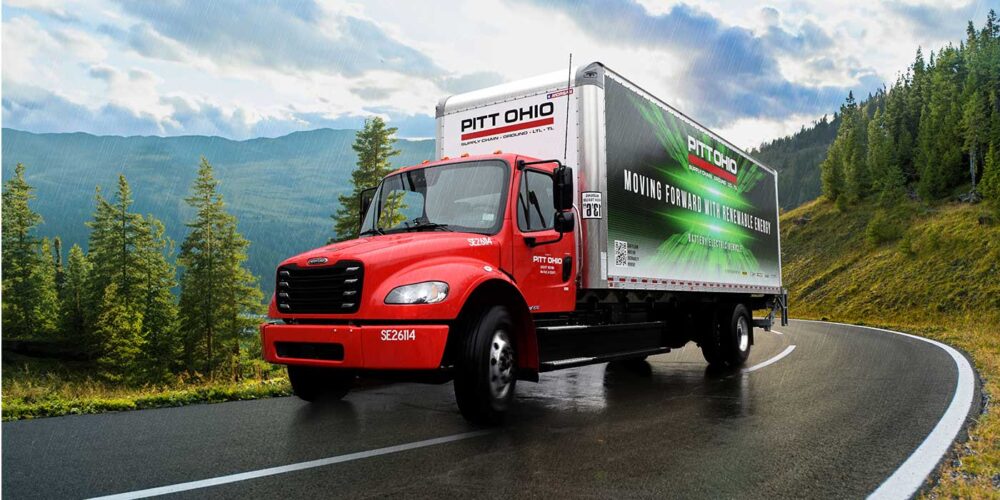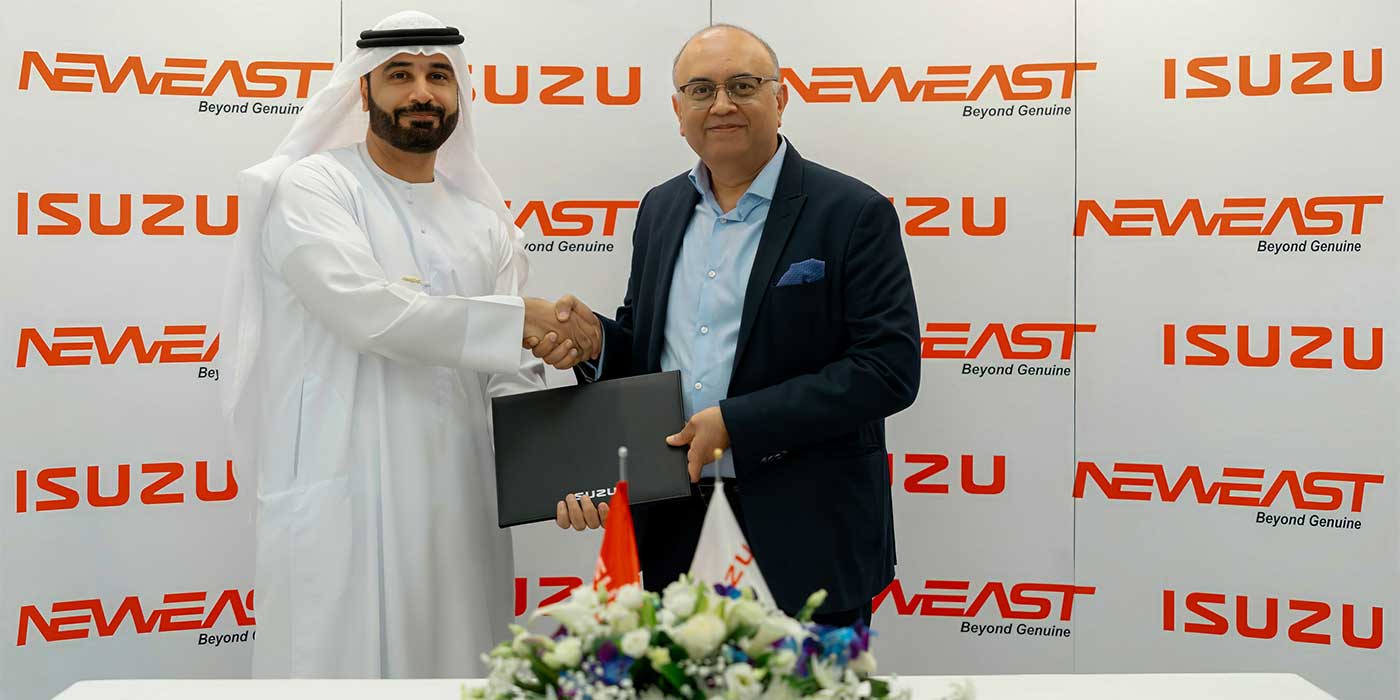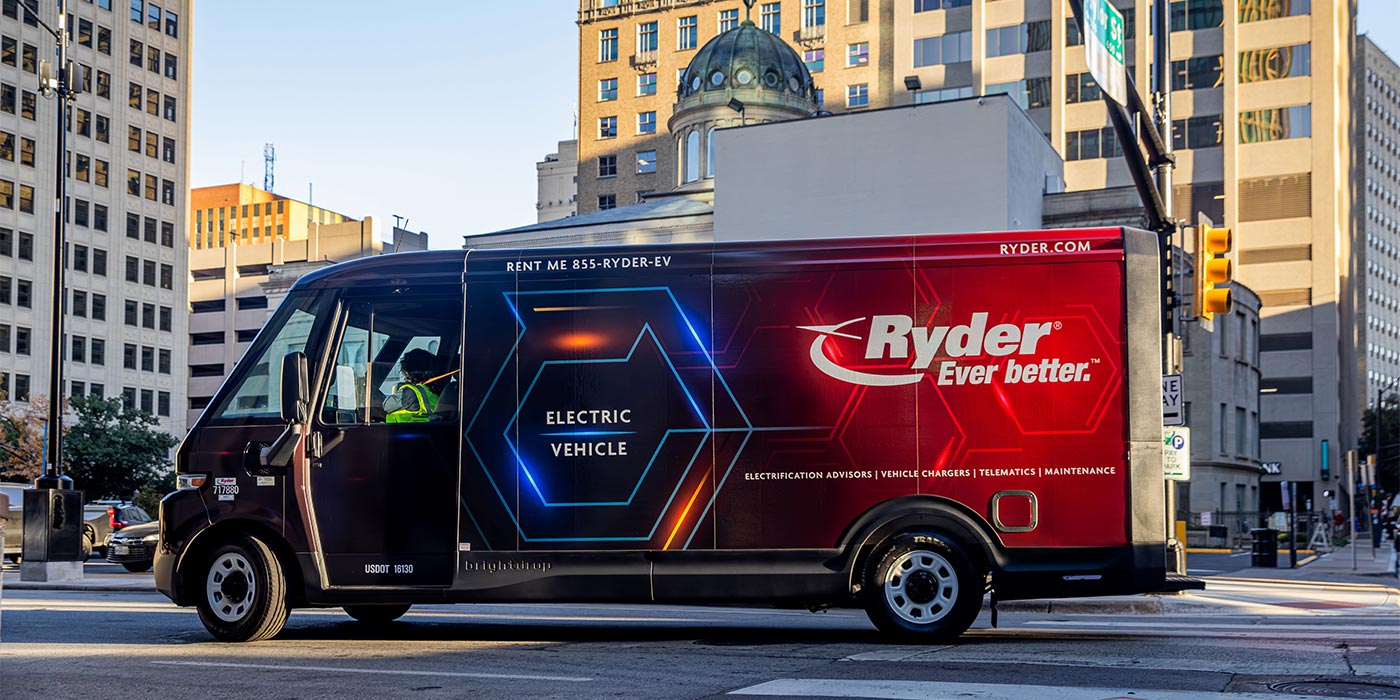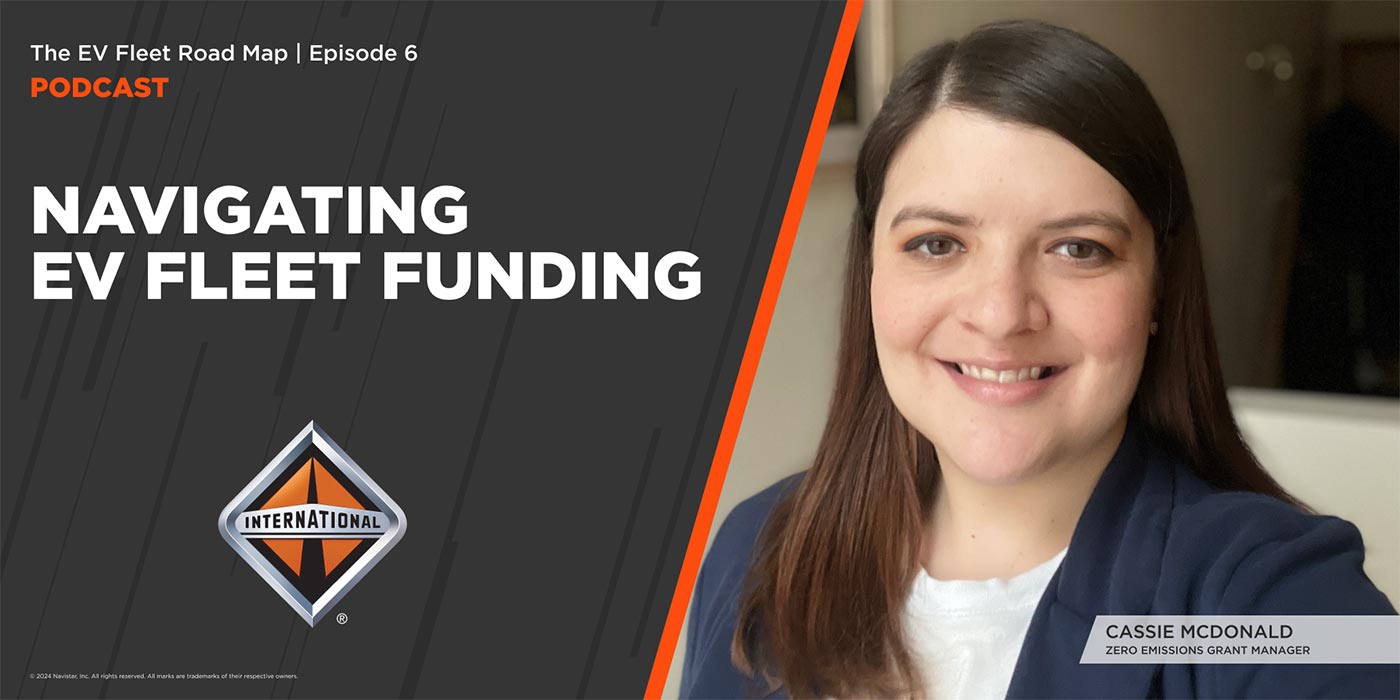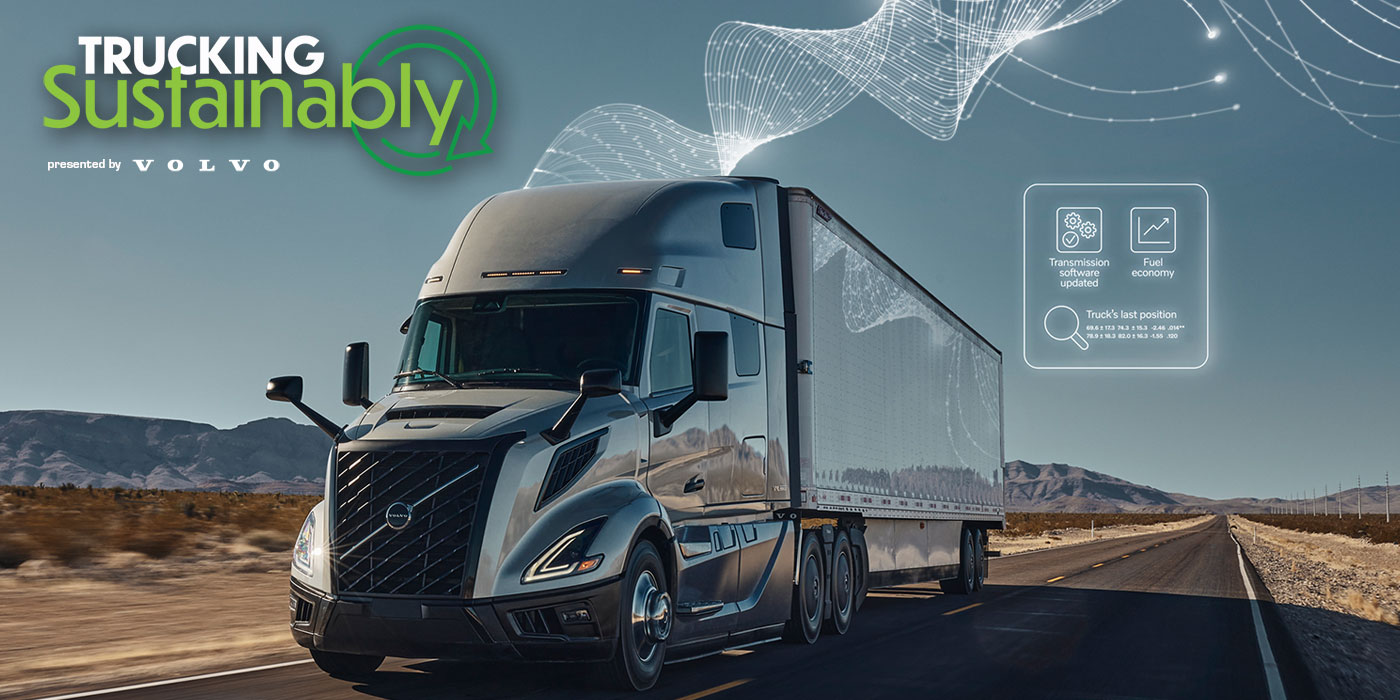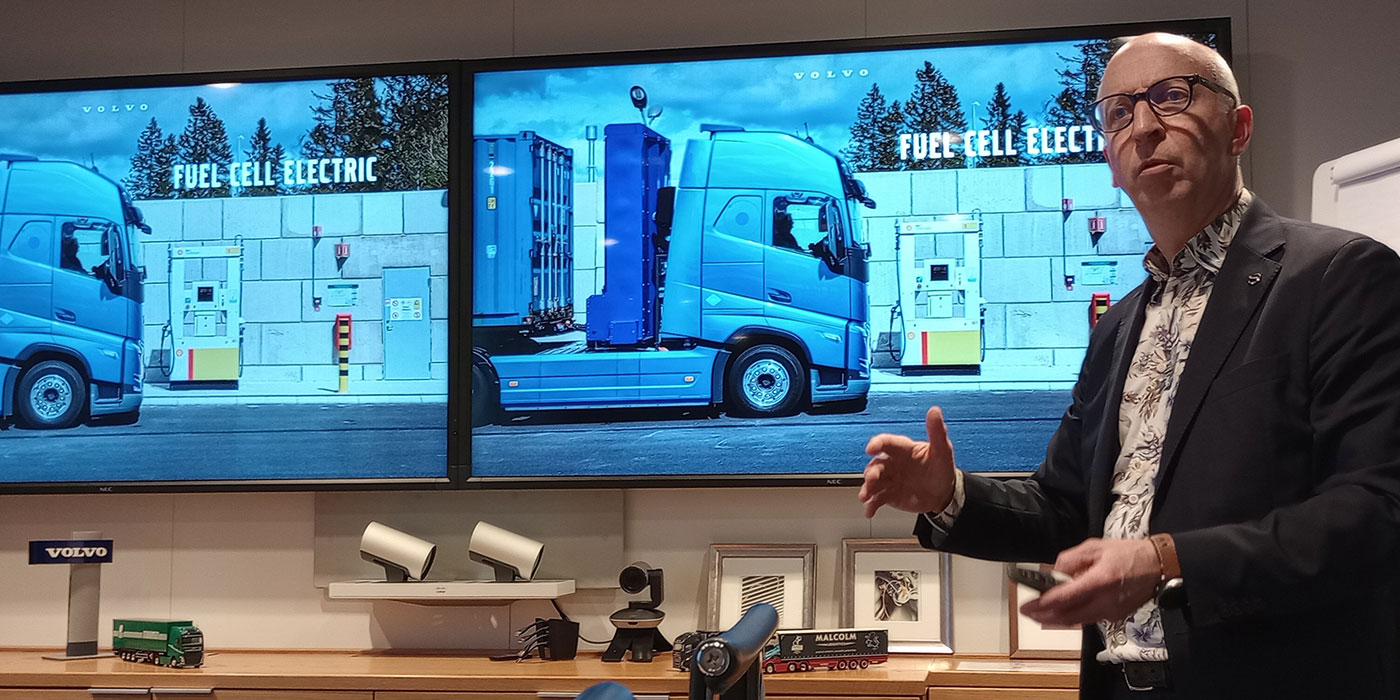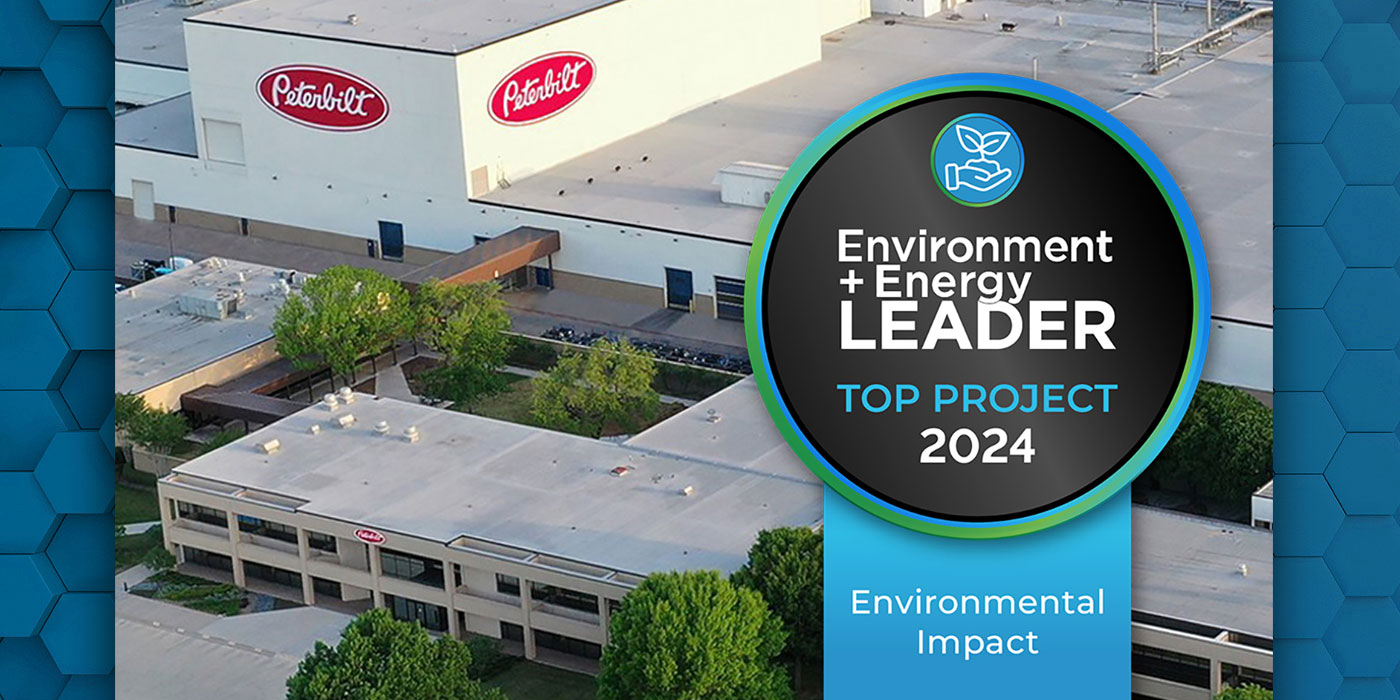Application: The Alpha and Omega of equipment spec’ing. Start with the right spec to work as productively as possible with that spec.
“Vocational applications place a wide variety of demands on the drivetrain,” said Tony Sablar, vocational marketing manager for Peterbilt. “Consider the differences between a flatbed hauling materials to a construction site and the constant stop-and-go nature of many refuse applications. Many applications have modified horsepower and torque rating limitations based upon the specified intended service.”
There’s no exception for axles.
“It’s important to first understand where you will be using the vehicle,” said Bruce Vasbinder, director of severe service product marketing for Navistar, who pointed to construction specs that require tight maneuvering capabilities as an example. “You can choose either a set forward or set back axle configuration,” he continued. “The decision comes down to knowing your routes, and understanding the trade-offs. Set forward configurations do not maneuver as well as a setback configuration, but many customers may need a set forward configuration to comply with state bridge laws. The steer axle also plays a significant factor in bridge law, and its spacing and rating have to be a part of the overall equation.”
Sticking with the construction truck spec’ing example, focus for a minute on steer axles. You’re navigating highways as well as rugged off-road jobsites, potentially. That means you need to look at track width, turn angle, maneuverability, weight, warranty coverage, disc brake compatibility, serviceability and maintenance intervals, to name more than a few.
“The steer axle also bears a portion of the vehicle’s load, adding stability while accurately steering the vehicle,” said Steve Slesinski, director of global product planning for Dana. “And construction trucks often require enhanced maneuverability for factors such as getting into and out of a construction site, or maneuvering residential areas such as a cul-de-sac. To accommodate these factors, fleets should spec a steer axle that offers maximum turn angle capacity, ideally up to 55 degrees.”
“Turning radius is important in tight job sites,” Peterbilt’s Sablar agreed, “so it is important to ensure the turning radius, which is reliant upon the combined capabilities of the steer axle, steering gear and tire and wheel size, is acceptable for the job.
“Steer axles are also available in different configurations that impact the height of the front of the truck,” he added. “The hub material also plays a role in vocational applications, as iron hubs are often required due to their higher creep ratings, especially when lift axles are a factor.”
Clearly there is a lot to unpack when considering just axles in your vocation of choice. Within application considerations, Slesinski pointed to these often-overlooked, application-minded bullet points:
• The amount of time spent off road;
• Distance traveled;
• Application traction requirements; and
• State regulations for weight restrictions.
“If the truck is going to be used off road, it is recommended to spec cross locks, as well as an interaxle lock,” said Ryan Breezee, vocational marketing manager for Kenworth, as he noted that the interaxle lock is standard equipment with all tandem axles on Kenworth. “While this does cost more money up front, one tow bill can easily offset the added cost of fully locking axles.”

